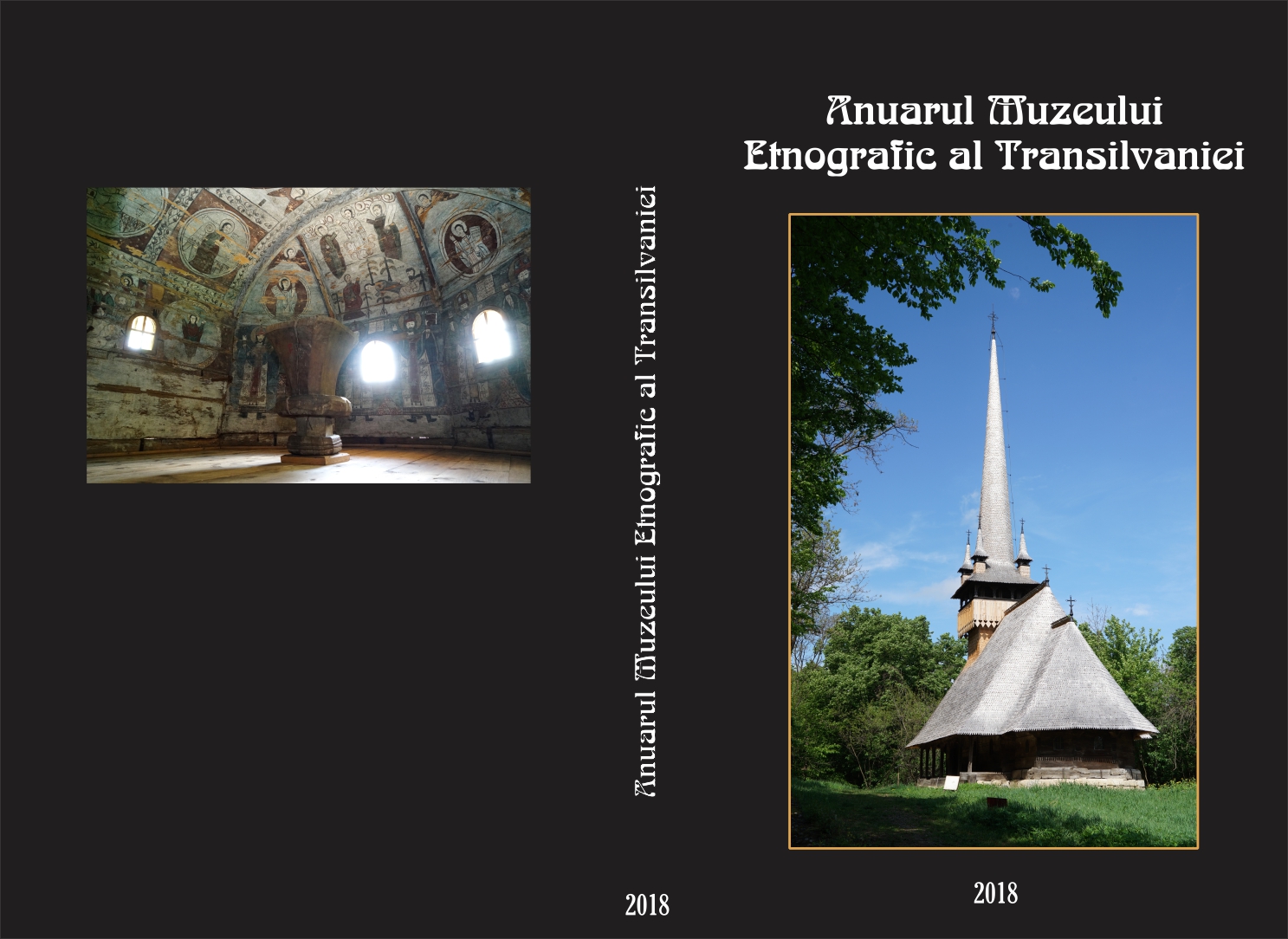O marcă identitară controversată: Portul sătenilor din Șiria, jud. Arad
A Controversial Identity Mark: the Villagers’ Costumes in Șiria Region, Arad County
Author(s): Ion CHERCIUSubject(s): Anthropology, Social Sciences
Published by: MUZEUL ETNOGRAFIC AL TRANSILVANIEI
Keywords: Șiria region (vineyard); shirt; lap; winter coat; blouse; skirt; woman peasant skirt; kerchief; vest;
Summary/Abstract: One of the great challenges of the Romanian ethnography after the union of Transylvania with Romania was - in parallel with the delimitation of the main ethnographic areas - the formation of a typology of the Romanian folk costume. Due to the specific history of this great province, this approach proved to be extremely complicated: compared to the conservative and eminently Romanian areas as the "cultural costumes" of the Apuseni (L. Apolzan), Năsăud, Ţara Oltului, Maramureş, Haţeg etc. , there were identified regions where, at least at first sight, the traditional costume worn by the Romanian population was far from being considered, according to the classic patterns in our ethnography, a specific Romanian identity mark. Such a case is the " villagers traditional costume" in Șiria region, Arad county, seen as a mixture of foreign styles (Hungarian, German and Slovak), the only remaining pieces of the old costume being the shirt, the lap and the winter coat. Marcel Olinescu's suggestion to study the costume in Șiria from the perspective of the Sociological School of Bucharest, therefore analysing it as a "social fact" leads to the conclusion that we are facing a specific phenomenon of creating a Romanian identity mark with a precise motivation meant to emphasize the privileged economic and social status of the Arad winegrowers. Compared to the white clothes worn by the mass of seasonal workers attracted to this El Dorado, the costume from Șiria, made of expensive fabrics, such as silk and velvet fabrics, brought the inhabitants of this area closer to the models at the top of the Arad society, where the clerks and the owners of the former large landed properties belonged to the cohabiting ethnic groups.
Journal: Anuarul Muzeului Etnografic al Transilvaniei
- Issue Year: 2018
- Issue No: 7
- Page Range: 9-13
- Page Count: 5
- Language: Romanian
- Content File-PDF

